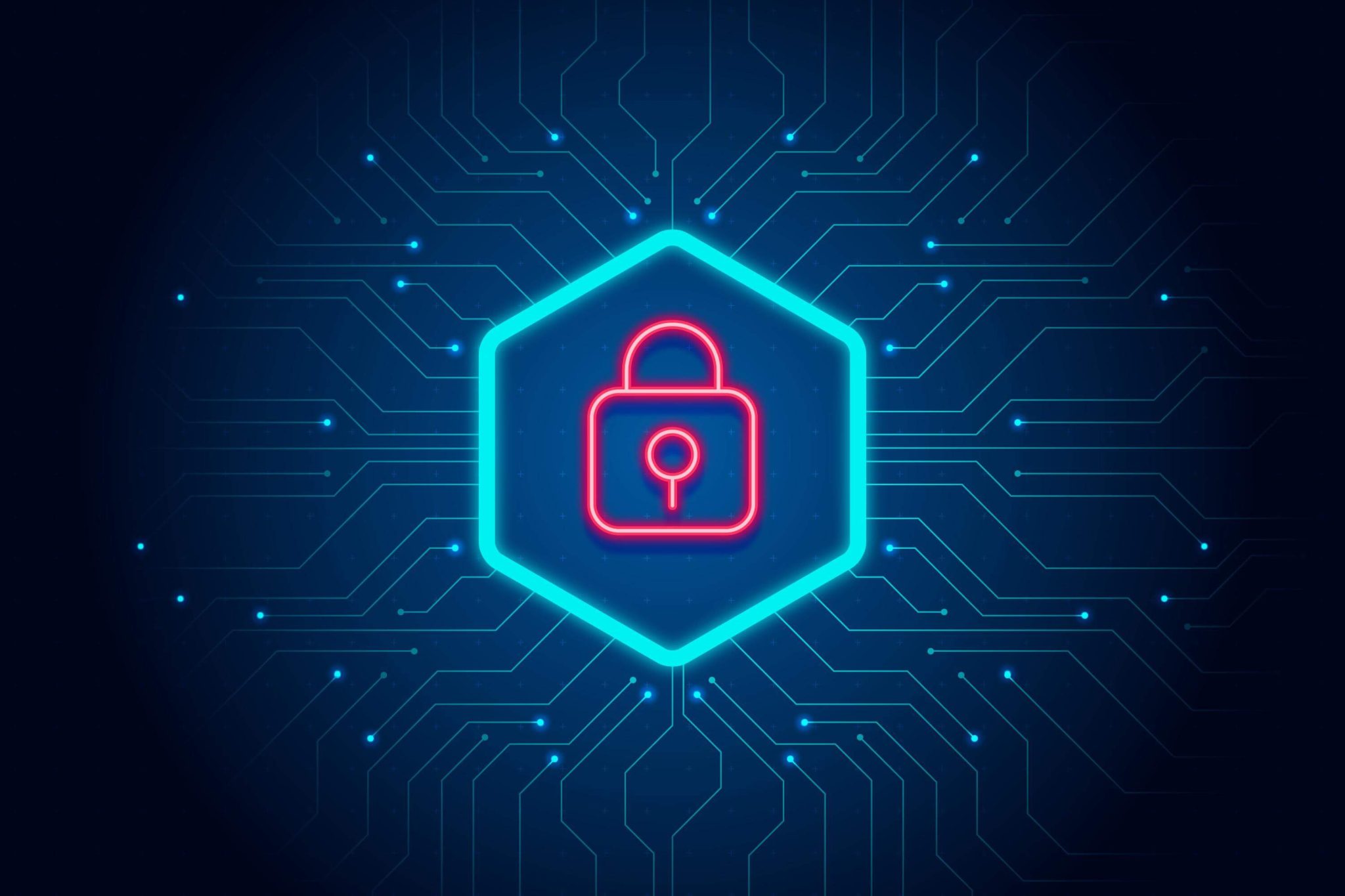In today’s digital landscape, network connectivity issues can have catastrophic effects on businesses. According to a 2020 study by Netwrix, the average cost of network outages exceeds $300,000 for large enterprises. With businesses heavily relying on online platforms and cloud infrastructure, network monitoring has become indispensable. Port monitoring, in particular, serves as the silent guardian of your network’s integrity, providing actionable insights to preemptively identify and mitigate threats.
As we stride into 2024, port monitoring is poised to take center stage in every organization’s cybersecurity strategy. This blog post will explore why port monitoring has become invaluable and how businesses can leverage it to ensure smooth operations.
The Significance of Port Monitoring
Network ports act as doorways that enable communication between devices. Port monitoring tools keep constant surveillance over selected ports, tracking traffic patterns and detecting irregularities. This allows businesses to identify issues proactively and troubleshoot them before they spiral into something more sinister.
Some key benefits of comprehensive port monitoring include:
- Proactive threat detection: By tracking traffic and connections, port monitoring can detect malicious activities like hacking attempts, DDoS attacks, and data exfiltration much before they cause harm. This allows for timely incident response.
- Reduced network outages: Port monitors send alerts for suspicious port activities and connectivity issues. Teams can immediately investigate and prevent small problems from turning into major outages.
- Improved network security: Tracking port connections gives visibility into weak points in network security that can be exploited. Teams can shore up vulnerabilities before attackers discover them.
- Smoother troubleshooting: Data from port monitoring provides contextual insight for diagnosing problems faster and reduces downtime.
- Regulatory compliance: Port monitoring data can demonstrate compliance with industry regulations regarding network security and data protection.
Considering these benefits, it’s evident why Network Notification’s port monitoring is indispensable for modern businesses. With streamlined setup and intuitive control panels, Network Notification’s tools make it easy to reap the advantages of vigilant port monitoring.
Common Use Cases of Port Monitoring
Port monitoring is invaluable for safeguarding networks across diverse industries like finance, e-commerce, logistics, and healthcare. Some common use cases include:
- Monitoring well-known ports like SMTP port 25, HTTP port 80, and HTTPS port 443 to check for anomalies in email, web traffic, and secure web connections. Unexpected spikes or drops in traffic could indicate malicious activity.
- Tracking activity around open RDP ports like 3389 to deter incoming hacking attempts and data exfiltration through remote desktop connections.
- Monitoring network-based software like databases that use designated ports. Any issues with the database software would be reflected in the port traffic.
- Keeping tabs on FTP ports to ensure secure file transfers and verify that FTP services are running smoothly.
- Watching IoT device ports on the network for suspicious traffic, as IoT devices are often targets of cyberattacks.
- Validating that critical network infrastructure like routers and switches are functioning reliably by tracking their standard ports.
The use cases are extensive, and businesses can customize monitoring for their unique needs using Network Notification’s flexible tools. With in-depth port visibility, teams can respond to issues in real-time, before services are disrupted.
Key Features of Network Notification’s Port Monitoring
Network Notification offers comprehensive port monitoring capabilities through its intuitive platform. Salient features include:
- Quick set up: Users can start monitoring critical ports instantly without technical know-how. The platform is designed for ease of use.
- Custom port selection: Users can cherry-pick the exact ports to monitor based on their infrastructure needs and priorities. This maximizes relevance.
- Threshold-based alerts: Alerts can be configured to trigger when unusual traffic patterns are detected. This enables proactive incident response.
- Uptime monitoring: Along with traffic, Network Notification also monitors port uptime and responsiveness. Sudden downtime is alerted immediately.
- Data logging: Historical traffic data is logged for each port to spot trends and anomalies. The data aids troubleshooting and security analysis.
- Email & SMS notifications: Instant notifications via email and SMS ensure teams are aware of any port-related incidents. Response time is minimized.
- Detailed reporting: Comprehensive reports provide port status, traffic patterns, uptime percentage, and historical performance. Reports identify vulnerabilities.
- API integrations: Port monitors seamlessly integrate with existing tools like Slack, PagerDuty, and analytics software via Network Notification’s API and webhooks.
- Role-based access: Specific team members can be granted access to port monitors based on their scope of responsibility. Access permissions can be managed centrally.
With Network Notification’s user-friendly and full-featured port monitoring, businesses can keep aconstant vigil over their network’s health. The platform delivers complete port visibility for preempting issues before they disrupt operations.
Why is Port Monitoring Crucial Today?
Port monitoring provides immense value in securing modern distributed IT environments. Here are some key reasons it has become so crucial:
- Complex networks: Modern corporate networks comprise on-premise infrastructure, cloud platforms, SaaS apps, remote workers and a web of third-party services. Tracking myriad connection points is vital.
- Regulatory requirements: Industry regulations emphasize network security and prompt notification of breaches. Port monitoring provides auditable data for demonstrating compliance.
- Sophisticated cyberattacks: Hackers are launching stealthy attacks that often go undetected until enormous damage is done. Proactive threat detection through port monitoring is essential for security.
- Business digitization: Portals, apps, IoT devices and more have digitized business processes. Any disruption can instantly paralyze operations, making uptime critical.
- Remote work dependence: With remote work still prevalent, employees depend on secure remote access. Monitoring RDP and VPN ports is important for ensuring access.
By delivering continuous port visibility even for complex infrastructures, Network Notification empowers businesses to get ahead of all these challenges.
Implementing Port Monitoring Best Practices
To derive maximum value from port monitoring, businesses should ensure proper implementation by following these best practices:
- Prioritize critical services: The most business-critical services and applications relying on underlying ports should be monitored as a priority for maximum risk coverage.
- Select strategic ports: Along with well-known ports, monitor less-common ports specific to your stack like database or self-hosted web server ports. This provides comprehensive monitoring.
- Set prudent thresholds: Thresholds for unusual traffic must be carefully set to avoid excessive false alerts while still detecting real threats early on. Start conservative and tweak based on experience.
- Verify monitoring continuity: Confirm that port monitoring, alerts and reports are working continuously as expected. This avoids blind spots.
- Tune for relevance: Keep fine-tuning port selection, thresholds, notifications and other parameters to maximize relevance for your infrastructure. Port monitoring should evolve with changing needs.
- Review periodically: Regularly review monitoring data to identify vulnerable ports, trends, and security gaps. Periodic reviews augment day-to-day monitoring.
- Retain historical data: Retain port monitoring records for extended periods to enable analyzing long-term patterns and identifying intermittent issues.
With thoughtful implementation tailored to their environment, businesses can harness the full power of port monitoring to protect network integrity and uptime.
The Future of Port Monitoring
As cyberthreats become more sophisticated, port monitoring is poised to become indispensable not just for enterprises, but for small businesses as well. Technology advances will expand port monitoring capabilities further:
- AI-assisted analysis:AI algorithms will help study monitoring data at scale to detect subtle anomalies and surface hard-to-spot issues. Human-AI collaboration will strengthen monitoring.
- Predictive capabilities: By analyzing traffic patterns using big data and machine learning, port monitoring will become better at forecasting potential incidents before they occur.
- Increased automation: Triggering automated responses for specific port-related incidents like shutting down a port or blocking an IP address will enable faster reaction.
- Holistic network mapping: Port monitoring will provide integrated visibility not just into individual ports, but also the interconnections between ports and devices on the network. This strengthens monitoring.
- Expanded integrations: API and webhook integrations with more third-party tools will allow seamless correlation of port monitoring data with other metrics for richer insights.
As port monitoring evolves, Network Notification will be at the forefront with cutting-edge features that maximize value for users while maintaining simplicity.
Conclusion
Port monitoring has graduated from an optional supplementary security tool to a network integrity necessity. As digitization accelerates, comprehensive and real-time port visibility is imperative for preventing disruptive cyber incidents. Network Notification enables businesses to extract the full advantages of port monitoring through its easy-to-use platform.
With Network Notification, organizations can rest assured that their networks are being vigilantly safeguarded. Port monitoring serves as the silent guardian, keeping a constant watch over networks and preempting issues before they spiral out of control. In today’s threat landscape, no business can afford to overlook the criticality of port monitoring. Signup for your free trial today!



